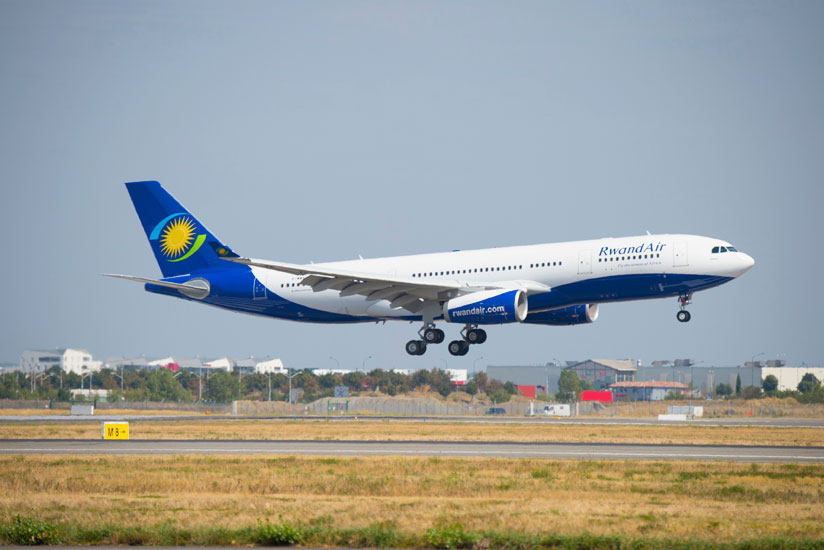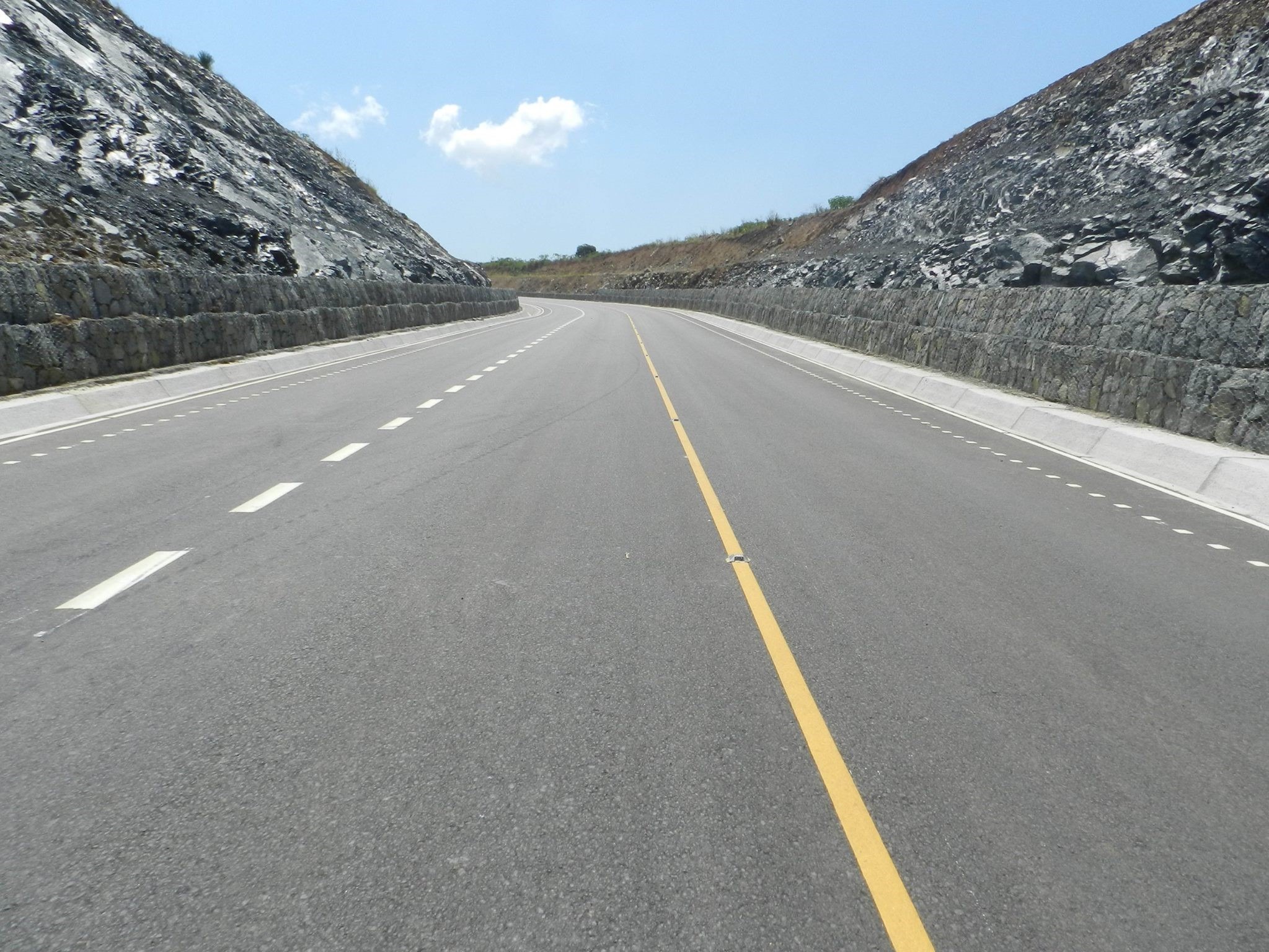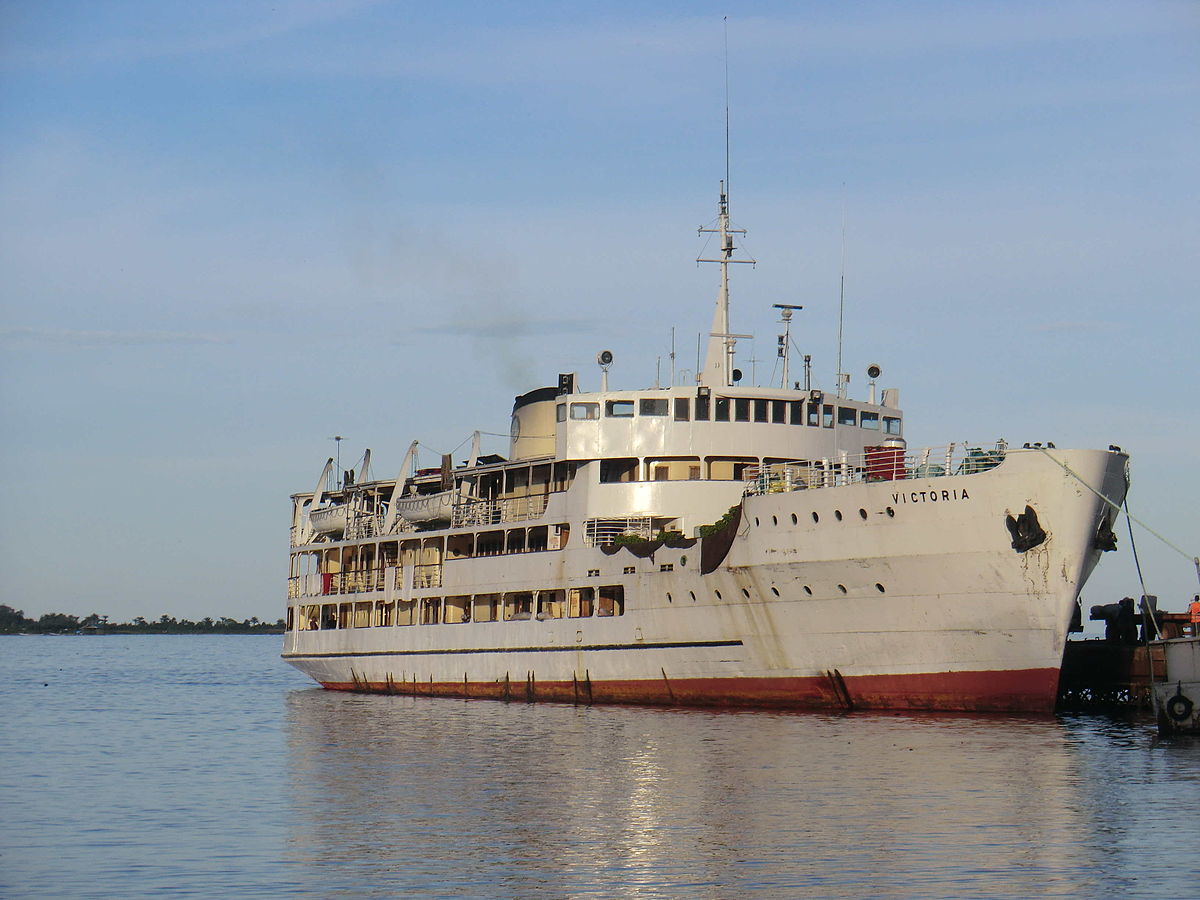Sir Richard Branson, British business magnate and owner of Virgin Atlantic Airline once said: “If you want to be a millionaire, start with a billion dollars and launch a new airline.” In other words, if you want to run an airline be prepared to spend billions of dollars, to earn millions- brace yourself for losses.
That perhaps is the truism that the national airlines of the different East African countries are living by. Although, there is a palpable renewed passion and interest to get (or keep) national carriers in East Africa up in the skies, current realities are that balance sheet issues, management challenges, the global economic turmoil are conspiring to pile pressure on the airlines, where they have existed like Kenya, Tanzania and Burundi. The same pressures are building mind storms in the case of Uganda where efforts are gearing up towards revivifying Uganda Airlines. RwandAir (IATA air code WB) seems to be currently the only good story in the region, if its paper value is anything to go by- without peeking into its balance sheet, that is.
RwandAir- the good performer?
In the month of May (2017 alone), RwandAir scored a double notch. On May 26th, RwandAir made its maiden flight to London, arriving at Gatwick, direct from Kigali, a route RwandaAir will be doing 3 times a week. Secondly, on Sunday May 28th, Rwanda received its fourth Boeing 737-800GN, to boost its fleet.
RwandAir’s London route is its second to continental Europe, the first being to Brussels, Belgium. Over the last few years RwandAir has systematically built its sky network- reaching 21 destinations in East, west, south and central Africa, Asia and the Middle East. Today RwandAir directly flies to: Abidjan, Accra, Brazzaville, Cotnou, Doula, Lagos and Libreville in West Africa from its Kigali hub. Plans are afoot to fly to Bamako, Dakar and Conakry by the end of the year.
To the south of the continent, the airline has flights to Harare, Lusaka, and Johannesburg. In East Africa it has clawed back ground from routes previously dominated by Kenya Airways in the region. RwandAir has taken the battle to KQ’s home turf with direct flights to Nairobi and Mombasa. Elsewhere in the region, RwandAir has created a daily network of flights to Entebbe, Juba, Bujumbura, Kilimanjaro and Dar es Salaam.
In Asia, the Rwandese airline flies to Mumbai and Dubai in the Middle East. The airline recently announced that by the end of 2017, it will have touched down at Guangzhou, in China. In 2018, its eyes will be set on landing at the Big Apple (New York) in the United States.
Started in 2002 as RwandAir Express and fully owned by the Government of Rwanda, it changed name in 2009 to RwandAir, change of name that seems to have come with better fortunes. In the last five or so years, the airline has built a young and modern fleet of 11 aircrafts comprising of one Airbus A330-300, one Airbus A330-200, three Boeing 737-800NG, two Boeing 737-700NG, two BambadierQ400 NextGen and two Bombadier CRJ-900NextGen.
Going by its development on the sky network and the growth of its fleet, the “Fly the African Dream” seems to working its way to stay in the skies far and wide. Without looking at its current balance sheet, that is.
KQ- the ailing old man of the clan
Of the old men of the airline clan in the region, the sickest man, is currently Kenya Airways (KQ). KQ hit a turbulence in 2013 occasioned by financial woes from lost revenues from its routes to West Africa following the outbreak of Ebola in Sierra Leone, Liberia and Guinea. But this only worsened the situation which had been brewing from a burden of forex loans, bloated staffing, staff strikes, and accumulation of expensive to maintain equipment among others.
As a result the Nairobi Stock Exchange listed (cross listed in the Uganda, Dar es Salaam and Rwanda Bourses) Airline went on the balance sheet nose dive, in the process losing billions of shillings in value. Kenya Airways is owned by the Government of Kenya 29.8 per cent and 26.7 per cent by Air France-KLM. The rest of the shares is privately owned.
It has taken a couple of years of deliberate efforts by the Government of Kenya to rescue “the Pride of Africa.” The Government through the board global consulting firm Mckinsey to design a turnaround plan dubbed “Operation Pride.”
In his current end of year financial year report, Michael Joseph, the Board Chairman picked to revive the fortune of the airline reported, that Operation Pride, implemented under the watch of McKinsey, is 72 per cent done with the major outstanding issue being “completion of the balance sheet restructuring.”
Reports says the turnaround and back-to-profitability plan has so far cost KQ Sh2.4 billion involving actions like the sale or lease of aircraft, balance sheet restructuring and staff cuts among others.
“The results are really positive. We have gone through some really tough times but we are coming out. The efforts put in by the KQ management are starting to bear fruit in terms of our operations,” said Michael Joseph, KQ’s chairman
The KQ Board recently recruited an experienced Polish turn-around guru as its new CEO. Sebastian Mikosz, will be taking over from Mbuvi Ngunze, whose reign is largely seen to have worsened the troubles of the airline, which had started from its previous star CEO, Titus Naikuni. Mikosz will be expected to fly the airline out of its current Kshs 146 billion debt, restore confidence in the airline, return it to profitability, but first find Kshs 60 billion needed to recapitalise the ailing carrier.
Analysts however believe that even with all its woes, KQ remains virile and viable; with a wide network of destinations and a good stock of equipment and global reputation. In Africa KQ boasted over 50 destinations in all the corners of the continent and its islands. In Asia, KQ has 11 destination reaching places far afield as Beijing, Hanoi, Hong Kong. In Europe the airline has direct flights to Europe’s three main entrances- London, Paris and Amsterdam. KQ is also part of the SkyTeam Alliance which connects it to other over 20 airlines worldwide. It is also has a codeshare partner arrangement with the Dutch KLM and Air France. So while KQ is looking bad on the balance sheet, its asset stock is still fanciful.
Uganda Airlines- the old man waiting for resurrection
Following various failed attempts to privatise, the national carrier, “The Flying Crane” was finally liquidated by the government in 2001 with heavy stock of debts on its neck. Its assets were stripped and sold to private investors. In the last few years however, the gusto to get the “flying crane” back to the skies has gained momentum with President Yoweri Museveni describing as ” a shame” the idea of Uganda not having a national airline.
Efforts are currently in high gear to get the Uganda Airline back in the skies, with government estimating it needs US$500 million to have the airline back. Recent reports indicated that the Government of Uganda is charming investors from the Middle East to join hands to resurrect the airline.
For now, it’s the nostalgic zest to have the flying crane back on the skies that Ugandans await with baited breaths. Cynics however warn that professional management, adequate capital investment and the continued current global economic uncertainties could consign QU (its IATA code) to death on arrival. Optimists believe that with the current oil fortunes in the country and huge investments coming with it, the growing attractiveness of the country as both a tourism and investment destination, and the rising standards of living of Ugandans are good fundamentals for the airline.
Air Tanzania-coming out of slumber?
Like Uganda Airlines and Kenya Airways, Airt Tanzania was started following the collapse of the East African Airways in 1976. Initially the Government of Tanzania run it alone as a state enterprise, before part-selling it to South African Airways in 2002. South African Airways bought 49 per cent shares, while the Government of Tazania retained 51 per cent. However, in 2006, the Government clawed back all its shareholding.
Air Tanzania has largely maintained a domestic activity running flights from his Dar es Salaam hub to other cities like Mwanza, Bukoba, Kigoma, Kilimanjaro, Zanzibar and Dodoma. The only international flight Air Tanzania has maintained is to Hahaya, an Island in the Indian Ocean.
Like Uganda, the Government of Tanzania is currently all-engines-on, to revitalise the national carrier. President Magufuli recently appointed a new board and CEO with the task to ensuing that “the Wings of Kilimanjaro” are back in the air full throttle. The Tanzanian government has lined up funding to procure new and better equipment with plans to have Air Tanzania’s first Boeing delivered by June 2018, ready to take off to the skies for destination in Africa, Europe, Asia and US.
Air Burundi- tormented by civil conflict
Though started way back in 1971, the civil conflict in the small East African country took a toll on its budding aviation industry. It was only in 1999 that sanctions against Burundi were lifted. Then, Air Burundi started regional flights to Kigali, Entebbe and Dar es Salaam. But because of high costs and lack of investment the Air Burundi went off the skies and has remained aground since 2009.













